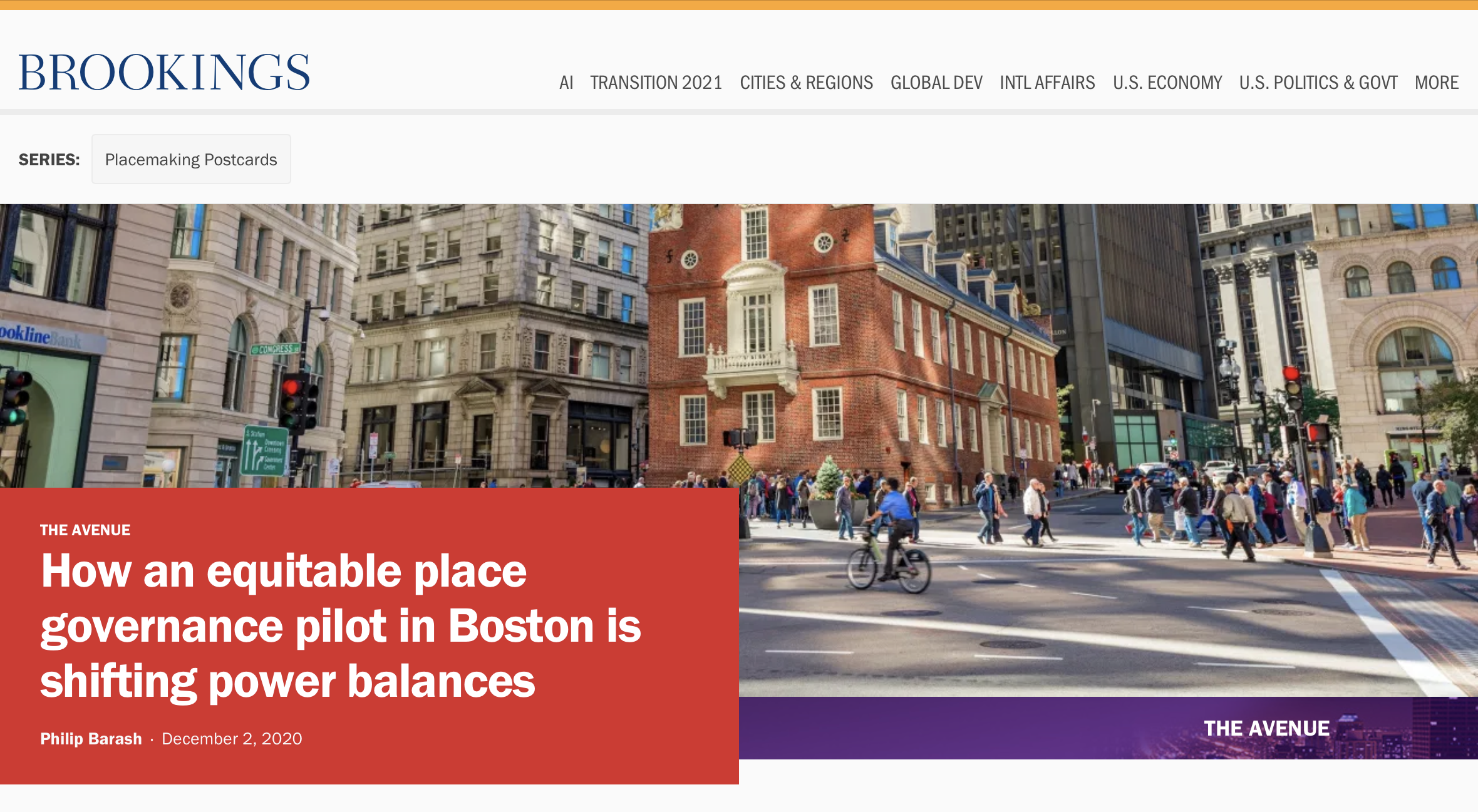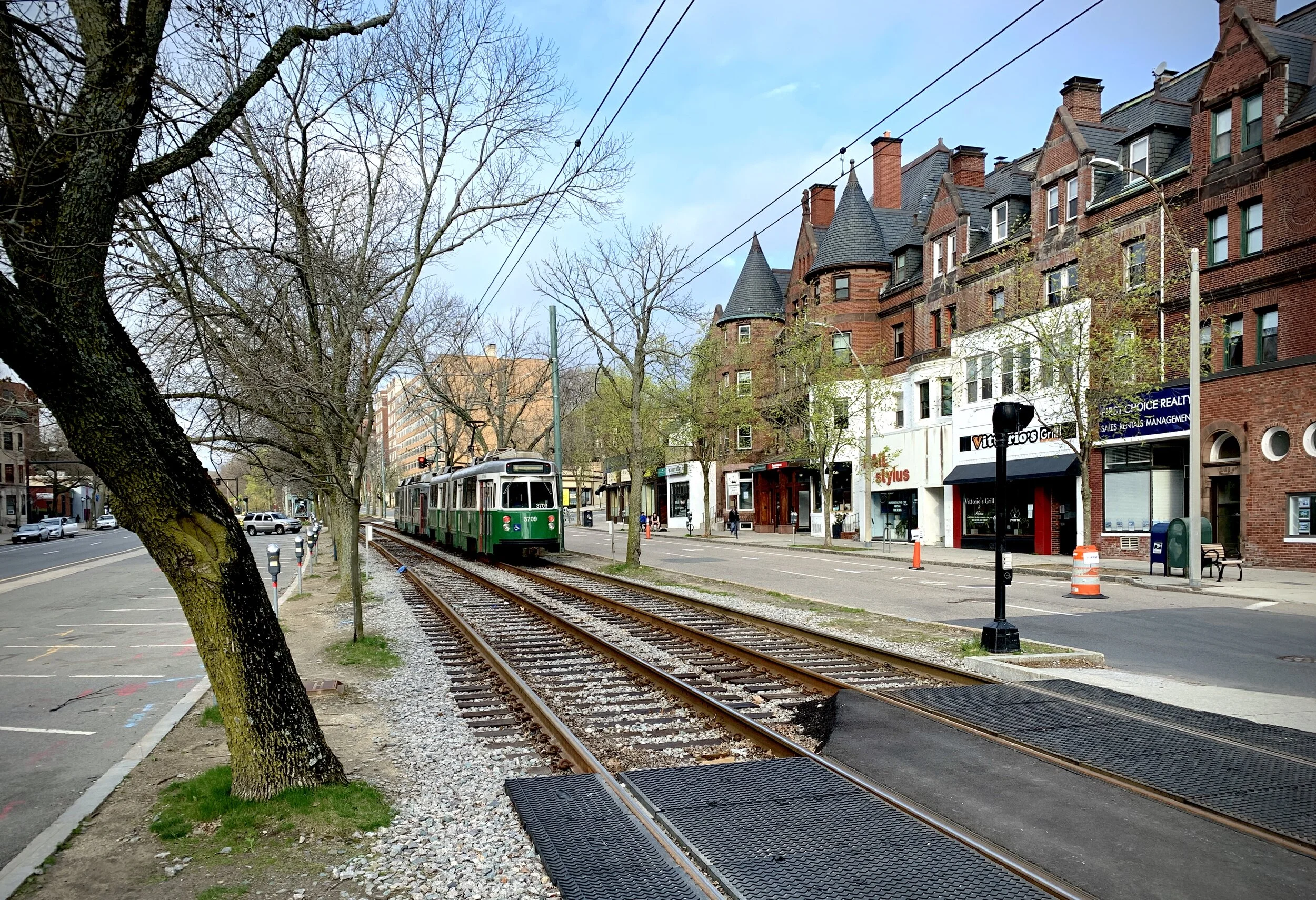F. Philip Barash works to shape more vibrant and just places.
Through journalistic and narrative writing, I expose stories about the changing American landscape. By facilitating urban planning projects, I contribute to shared places and social infrastructures of communities. And in my public curatorial and teaching practice, I engage contemporary issues that affect the built and natural environments.
⸻
Common themes across my work include architecture and landscape, placemaking and public art, community engagement and civic projects, and equity and spatial justice.
See all.

The geography of emptiness
And yet policy and economics fail to fully describe the value of this land, to account for embedded histories and belongings, to recognize that an empty lot is full—brimming with stories and significations.
FORTHCOMING | You are not welcome: the difficult politics of belonging on the Tierra Amarilla Land Grant
The politics and ethics of northern New Mexico, half-million acres of Tierra Amarilla Land Grant, are a microcosm of a nation whose attitudes towards land are dramatically shifting.

Obama Presidential Center: guiding principles for a future landmark
Before a center dedicated to the legacy of the first African-American President could become a reality, it required multiple stakeholders to share a unified vision. A Request for Proposals signaled clear intentions and an ambitious vision.

OlmstedNow: an inclusive vision for the greater Boston Olmsted bicentennial
Frederick Law Olmsted is central to how we think about and use public spaces. Ahead of his bicentennial, ideas about shared places, shared wellness, and shared power are central to a public engagement campaign.

How an equitable place governance pilot in Boston is shifting power balances
If Boston has any hope of altering development dynamics to center community interest and spatial justice, we need to continue shifting the power balance.
ONGOING | An expanded vision for coastal resiliency in New England
A climate change consortium is scaling up its vision for coastal resilience and environmental justice.

Place Leadership Network: philanthropic and policy investment in equitable public realm
An equitable placemaking initiative to invest philanthropic and policy resources into community groups that champion the public interest in the design, activation, and stewardship of the public realm.

How White City became Black space: notes on Jackson Park
President Andrew Jackson’s legacy—defense of slavery, hostility to abolitionism, violent removal of indigenous tribes—is the exact opposite of the ideals that the park, once known as Lake Park, was designed to demonstrate. And yet it is also a smirking, swaggering irony, for Jackson Park today is no more a tribute to Jackson than a monumental middle finger.

Into Detroit’s backwater
River Rouge follows the city’s westernmost border through marsh, heavy industry, and warrens of postwar housing. It flows far from the showpiece parks of downtown, extreme and remote.

The ecology of Maya Lin: a memorial for the planet
But celebrity isn’t unambiguous: public visibility means that Lin is continually outing herself—as a woman, as a Chinese American, as an outsider.

The Africana collection: Norman Teague’s diasporic design
“Africana” is simultaneously a declaration of intent and a perfectly human, warm thing — “comfortable with its Blackness” — and shaped by one body for the use of others. The collection is tactile and tough.

In public: notes from Beacon Street
Times of crisis can have the quality of deepening our perceptions, of revealing that which awaits just beneath the surface. The Emerald Necklace is social mobility infrastructure guised as green space. Beacon Street is a social space hidden in mobility infrastructure. To borrow a phrase from a different radical moment, sous les pavés, le parc.
ONGOING | Regional governance and active public realms in Northwest Arkansas
Among the fastest-growing regions of the U.S., Northwest Arkansas is investing in its arts, green infrastructure, mobility, and inclusive public spaces. A regional framework for intergovernmental collaboration is now being established.

Public spaces define our identity
For all its importance, the public realm isn’t lavished with the kind of attention and funding that private real estate development tends to attract. Paradoxically, the spaces that unite us are often afterthoughts, leftovers from development.

Open House Chicago: citywide festival of architecture and community
A free-of-charge festival of architecture and community spaces, Open House Chicago is a highlight of the city’s calendar. The Chicago event reinvented the traditional festival model by partnering with community-based organizations on planning, governance, and public education.

A truck show of the non-monster variety
Below a sign reading “What makes a community great?” answers were densely scribbled in different hands. I asked a high school junior named Marcus Pelt if he'd gleaned any insights. He pointed to a note that said “loving neighbors,” and I thought that it wasn't a bad idea for either a South Side neighborhood or a makeshift, temporary, ragtag caravan of designers.
